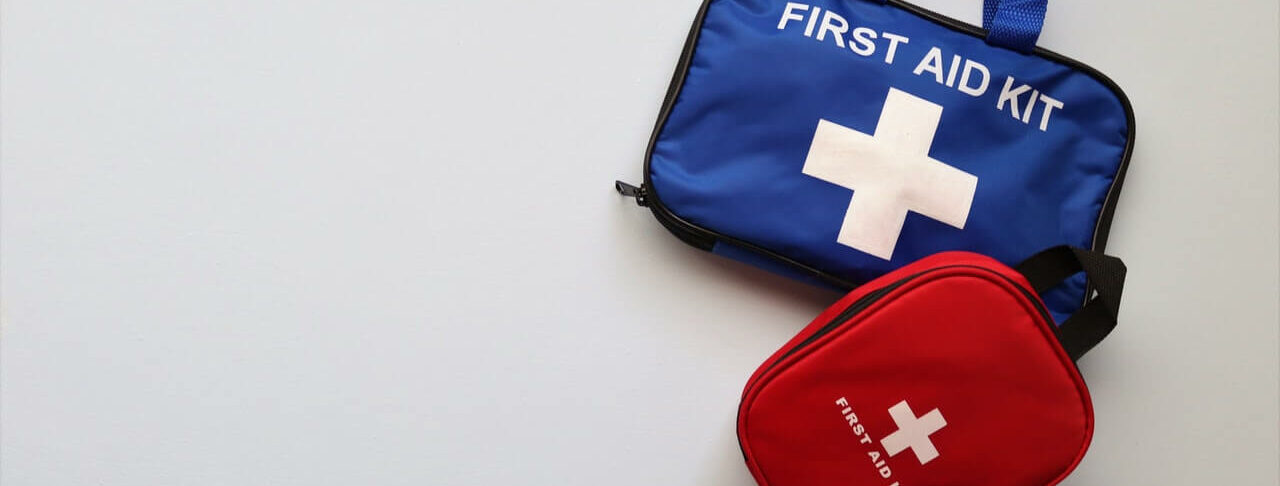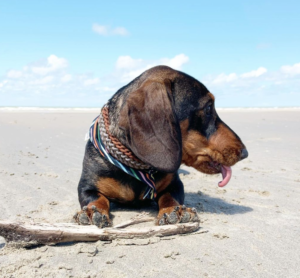
13 Dec My dog might have eaten something bad. What to do?
“Help! My dog might have eaten something bad!” In the first episode of the Dogs of Antwerpen podcast we talked about what to do if your dog has eaten something bad. We’ve all been there, and we’ve all panicked, right? Or is that just me? 🤓 Anyway, Veterinarian Charlotte keeps us calm and tells us what to do!
Ah finally a day off! Let’s go to De Ardennen and enjoy a good hiking day! All fun and games … until you see your dog eating something which he definitely shouldn’t be eating. F*ck! What to do now? This is what happened to Sir Jerom a couple of weeks back. No worries, everything is fine with Jerom! But, his owners asked us what to do next time! Good question Jerom! We asked veterinarian Charlotte who works at veterinary practice De Vroente en who is the owner of the brand LES Antwerp.
Do you know what your dog has eaten or not?
Start at the beginning. DON’T PANIC! Ask yourself the first and most important question. Do you know what your dog has eaten?
If yes:
Good! This gives you valuable information which you can use to call ‘het Belgisch antigifcentrum” via 070 245 245. You can reach them 24/7 via this number for all urgent questions about toxins. If you can’t reach them via this number, try 02 264 96 30. What your dog ate is not poisonous? Great, crisis averted! Is it poisinous? Keep calm and call your veterinarian!
Did you know?
There are very few things which are in fact poisonous for your dog. So no need to instantly panic. But, if you’re not sure, take action!
If not:
No worries! There are very few things which are actually poisonous for your dog. But, you do have to take action here:
Step 1: Check your dog regularly!
No need to call your veterinarian instantly because without symptoms or if your vet can’t physically check him, they can’t examine him. But do keep an eye on your dog, on his behaviour, his blood flow (check the pinkness of his lip in his mouth, it should be nicely pink), his feces, does he have to barf?, … . Basically, is he still acting normal or not? For example: if your dog ate rat poison, you will see blood in his feces.
If he is acting normal, you don’t have to take action. But make sure you keep checking him for a few days. If he is not acting normal, contact the nearest vet!
Step 2: call your vet
Contact the nearest vet to get your dog checked up on!
Did you know?
We all know chocolate is poisonous for dogs (if you didn’t know, know you know!). But did you know white chocolate is actually not that poisonous as very dark chocolate? It’s the cacao in the chocolate which dogs can’t digest and makes them sick. It also depends on the size of your dog. A Great Dane can ingest more chocolate before getting sick than a Chihuahua can. Either way, don’t give them chocolate!
Do your homework: know who the nearest veterinarian is
We all have our veterinarians on speed dial in our phone. Okay maybe not speed dial, but we do have their phone numbers ready when we need to. But, your veterinarian won’t be able to help you a lot when you are a 2 hours drive – or worse: a 2 hours flight – away from them. So what to do? Before going on holiday, make sure you do some research into which veterinarians are in the neighbourhood of your holiday location. It will give you a lot of peace of mind next time you go hiking to know there is a veterinarian around the corner.
My experience:
Oh yes, I learned the hard way! A couple of years ago I was on holiday in France. I had rented an Airbnb with my dog Lucy, after I had to cancel our holiday to a dog camping because misses Lucy got her first heat 3 weeks prior to departing. 🙄 But that’s a different story. Anyway, we were taking a hike toward a river to go for a swim when Lucy’s flexi leash dropped on the floor by accident and Lucy bolted because she got spooked because of it. She was like a horse on the loose super afraid of the plastic handle of the flexi lead which was rattling behind her while she ran. In 5 seconds, she was gone! After 20 minutes of franticly searching for her, we found her super afraid and with harness under our rented car on the parking lot. The pads of her paws were scratched open and bleeding. You can compare it to a human having an enormous blister on the sole of your feet which loosened up. At that moment I went into automatic pilot. We drove towards the tiny city centre asking EVERY person for the nearest veterinarian. After being send to the wrong place, we finally found the vet. His practice was closed for another 15 minutes so we sat waiting with my baby who was hurt until the vet arrived. Thankfully he was SUPER sweet with Lucy, really taking his time with her and explains us what he was doing and how we could treat her wounds. We got the right medicine, bandages and more to treat her ourselves and we could always get back in touch if needed. The rest of the holiday Lucy had her bandages on (which I called her Nike Air Max since I’ve drawn the Swoosh on it. hehe) AND she was wearing special pants because she was still in heat as well. Yes, it was a pretty sight … But I was extremely thankful for this vet!
First Aid Kit for your dog
If you haven’t read “my experience” in the alinea above, do it now. Because this is exactly why bringing a first aid kit for your dog on your travels is so important! Buy yourself a small first aid kit to put in our backpack when hiking, and/or also get yourself a large first aid kit to put in your car or luggage. And you can use this first aid kit for yourself to, so it’s a win-win!
Okay, so what is usually in these kits? That depends on how large the kid is you use. The larger the kit, the more tools you’ll have. But in the list below are some basics already. Know that you can always assemble your own kit or you can buy one and add the stuf you find important.
Basics of you first aid kid:
- Scissors,
- Bandages,
- Antiseptic liquid,
- Tick pincer,
- Sterile wound dressing,
- Tweezers,
- Rescue blanket,
- Tape,
- …
You can always add extra stuff to your first aid kit which you find important. For example Norit which is activated charbon. This substance will help bind harmful substances in the gastrointestinal tract and discharge them through the intestinal tract. Before you give this to your dog, contact your veterinarian to make sure it is safe to give in that particular situation and ask what is the safe amount to give your dog depending on its size.
Have you used something of your first aid kit? Don’t forget to replace them after your holiday! You don’t want to take an empty first aid kit on your next holiday, right?
Take your dog passport along for the ride!
What we tend to forget is that our dogs have a passport of their own too! This passport contains all the information about the shots your dog has already had. When going on holiday, pack your dogs passport too! It’s always good for the veterinarian abroad to be able to check medical history of your dog.
So, is your backpack filled and ready for your hike? Take your dogs passport with you!
Great! You are packed and ready to hit the road and safely go hiking with your dog. Do you already have a first aid kit for your dog? Let me help you out with that. These are the ones I have in my car and I’ve already used them quite often.
Have you already used your first aid kit? Let me know in the comments! But most of all, enjoy your holidays!
Jowkes, ciaokes, (b)aaikes!



No Comments